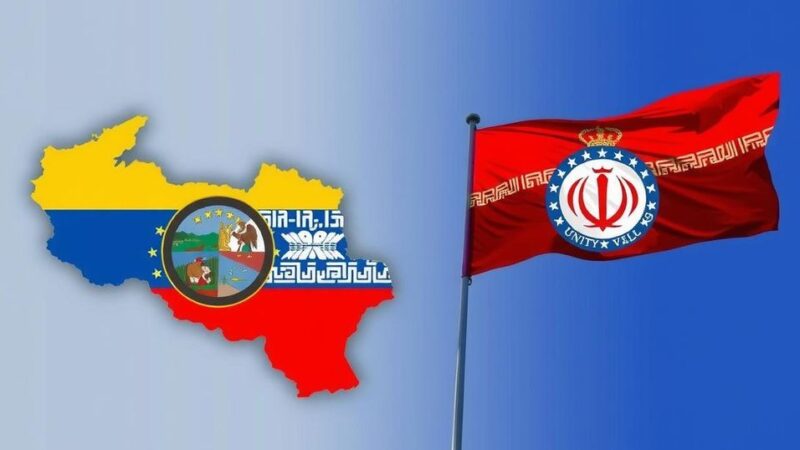The U.S. Geological Survey is requesting firsthand accounts of the Loma Prieta earthquake on its 35th anniversary, as part of its initiative to enhance understanding of seismic activity and improve public safety. The 1989 earthquake, which resulted in 63 deaths and $6.8 billion in damages, represents a significant event in California’s history. The USGS aims to collect memories through its online questionnaire, now available in multiple languages, while also encouraging participation in the ShakeAlert early warning system for future earthquakes.
On the 35th anniversary of the Loma Prieta earthquake, which struck California on October 17, 1989, the U.S. Geological Survey (USGS) is actively seeking firsthand accounts from those who experienced the seismic event. The 6.9-magnitude quake, which occurred at 5:04 p.m., resulted in the tragic loss of 63 lives and inflicted damages estimated at over $6.8 billion. At the time of the earthquake, the USGS had not yet launched its online reporting feature, “Did You Feel It?,” which was introduced a decade later. Nevertheless, the agency is eager to gather memories and reports now, as they believe this information can enhance understanding of seismic activity and improve public safety measures. According to geophysicist Susan Hough, this reporting tool plays a crucial role in collecting data on the shaking experienced during earthquakes, which in turn aids geologists in their research. Such endeavors are essential not only for enhancing knowledge about past events but also for informing future emergency responses and building safety regulations. USGS Earthquake Science Center Director Christine Goulet emphasized the impact of the Loma Prieta earthquake, noting that it serves as a reminder of the ongoing risks associated with living in earthquake-prone regions. Goulet stated, “The USGS recognizes the tremendous impact that Loma Prieta had on individuals and institutions. While 1989 was a long time ago, we still see the value of collecting the population’s input from their experience at the time. This will support better knowledge and preparedness plans.” The earthquake’s epicenter was located approximately 10 miles northeast of Santa Cruz, causing widespread destruction, particularly in the South Bay and San Francisco areas, where some buildings were affected by ground liquefaction. Notable incidents included the collapse of a section of the San Francisco-Oakland Bay Bridge, resulting in one fatality, and the pancaking of the Cypress Structure on Interstate 880 in Oakland, which led to the deaths of 42 individuals during rush hour. Despite much of the structural damage being confined to the southern regions of California, over 11,500 individuals have already responded to the USGS survey regarding their experiences of the earthquake, providing insights from as far as Southern California to Oregon. The reporting tool is now available in English, Spanish, and Chinese, reflecting the USGS’s commitment to accessibility. Additionally, USGS staff has encouraged residents to take this anniversary as an opportunity to ensure their participation in the ShakeAlert early warning system, which aims to provide notifications for significant earthquakes, allowing individuals to take protective measures.
The Loma Prieta earthquake was a significant seismic event in California history, highlighting the dangers associated with living in a fault-prone area. Measuring 6.9 on the Richter scale, this earthquake occurred on October 17, 1989, and resulted in considerable destruction and loss of life. The event served as a catalyst for seismic awareness and preparedness throughout the state. Over time, the USGS has developed various tools and resources to help better understand earthquakes, including the online reporting feature “Did You Feel It?,” aimed at collecting public input on seismic experiences. The anniversary of this earthquake serves as a poignant reminder of California’s vulnerability to seismic events and the importance of preparedness and community engagement.
In conclusion, the U.S. Geological Survey’s initiative to collect accounts of the Loma Prieta earthquake on its 35th anniversary underscores the importance of individual experiences in understanding seismic activities. By gathering these reports, the USGS aims to enhance public safety measures and improve community preparedness. The agency’s focus on accessibility through multilingual questionnaires further emphasizes its commitment to involving all residents in seismic risk awareness and response strategies. As California continues to navigate the realities of living in an earthquake-prone region, ongoing public engagement remains critical in fostering a culture of preparedness and resilience.
Original Source: www.pressdemocrat.com






